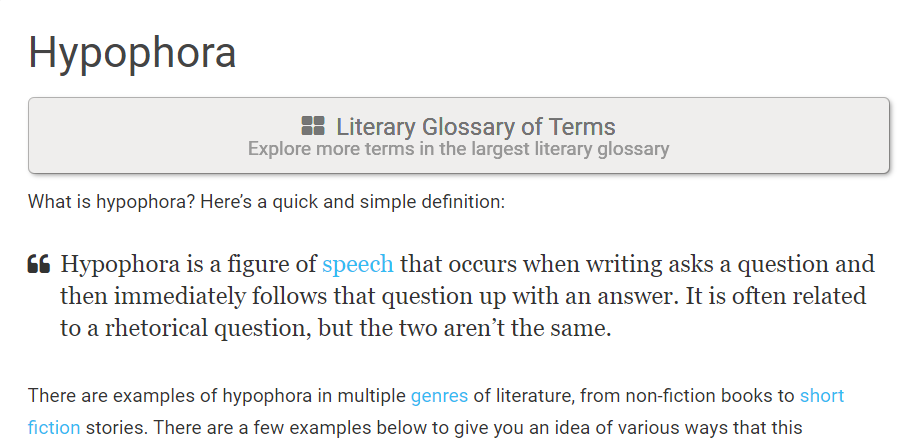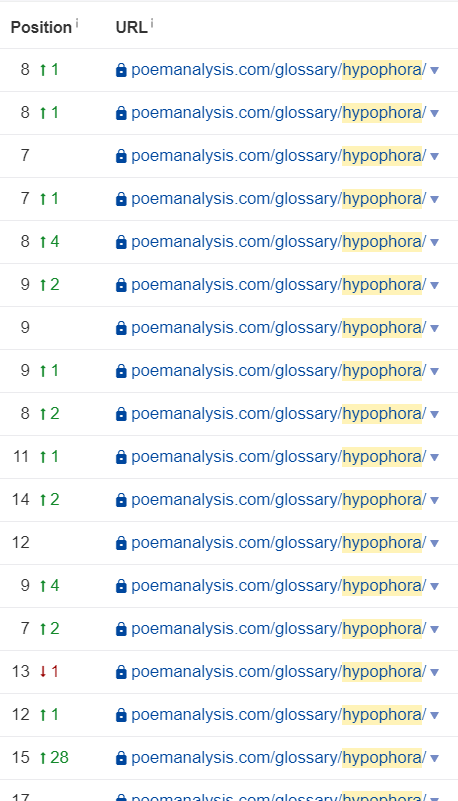2 Important SEO Factors to Consider in 2021 17 Nov 2020
Search engine optimization is a constantly evolving market, for which website owners should continually stay updated. This will help to protect their sites from any penalties with algorithm updates, as well as help their websites thrive with organic traffic.
There are going to be some changes coming for 2021 for SEO which website owners should take note of. With this, here are two important factors of SEO to consider in 2021.
Core Web Vitals
Core web vitals are a new metric that is being introduced as a search ranking factor in early 2021 to improve the experience users have with websites.
The core web vitals are split into three areas:
- Largest contentful paint (LCP) – the time it takes for the site to load. ‘Green’ is under 2.5 seconds.
- First input delay (FID) – measures the time to interact. ‘Green’ is under 100 milliseconds.
- Cumulative layout shift (CLS) – a measure of stability, looking at how much the page chops and changes on load. ‘Green’ is under 0.1.
The objective of these three core web vitals is to improve the experience web users have online. If a website loads quickly, has no delay to interactiveness and does not have a shift in its content on load, then this represents a website that is likely to be pleasant to load. From Google’s perspective, they will be adding more positive SEO to websites that achieve this.
User Intent
User intent is something that is often forgotten about, especially when looking at the intricacies of SEO, such as meta titles, core web vitals, mobile optimization etc.
Ultimately, user intent is always going to be a huge, if not the largest, SEO factor for content online, and for years to come. Are you satisfying the web user with their request? Is your website’s intent the same as what the web user wants? The more your website aligns t what the user wants, the better it will do.
This means even ignoring what we know to be good SEO of the past. Crazy to say this, but it is true. I’ll give a great example with a website of mine: Poem Analysis.
Yoast and RankMath both suggest making titles of 50-60 characters in length. However, this is not always a good idea.
For example, take the page on the site Hypophora (a literary term definition page). The SEO title use to be:
Hypophora – Definition, Explanation and Examples | Poem Analysis
This is a little over 60 characters, and typically the term struggles to rank high at all.
Looking at the results for ‘hypophora’, you can see something quite clearly…most titles are well under 50 characters.
But this is bad SEO?
Not necessarily – depending on the page depends on how long the content should be. For a literary definition, having the bare basics is enough to satisfy user intent. So, the SEO title was changed to:
Hypophora – Definition and Examples | Poem Analysis
With a definition added to the start more clearly, to help with user intent:
After giving this a few weeks, the results were positive, concluding that SEO titles need to suit the user’s intent first – don’t make any longer than it needs to be, especially when comparing to the competition.
Will Green
Will created Ask Will Online back in 2010 to help students revise and bloggers make money developing himself into an expert in PPC, blogging SEO, and online marketing. He now runs others websites such as Poem Analysis, Book Analysis, and Ocean Info. You can follow him @willGreeny.
|
Recommended posts
|



